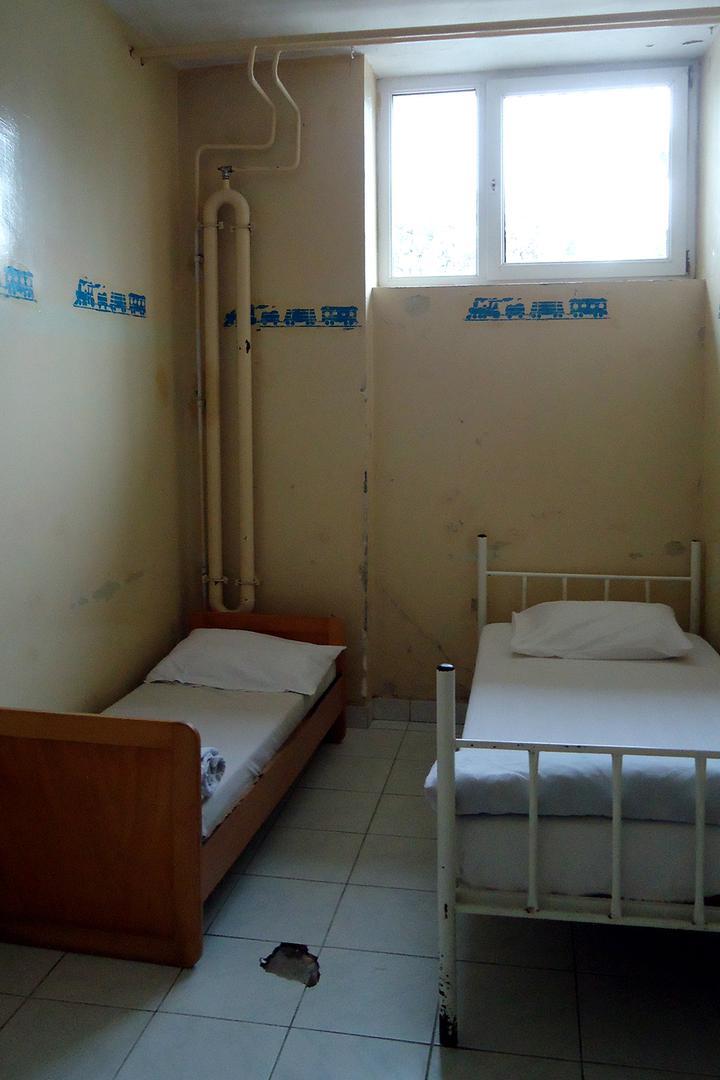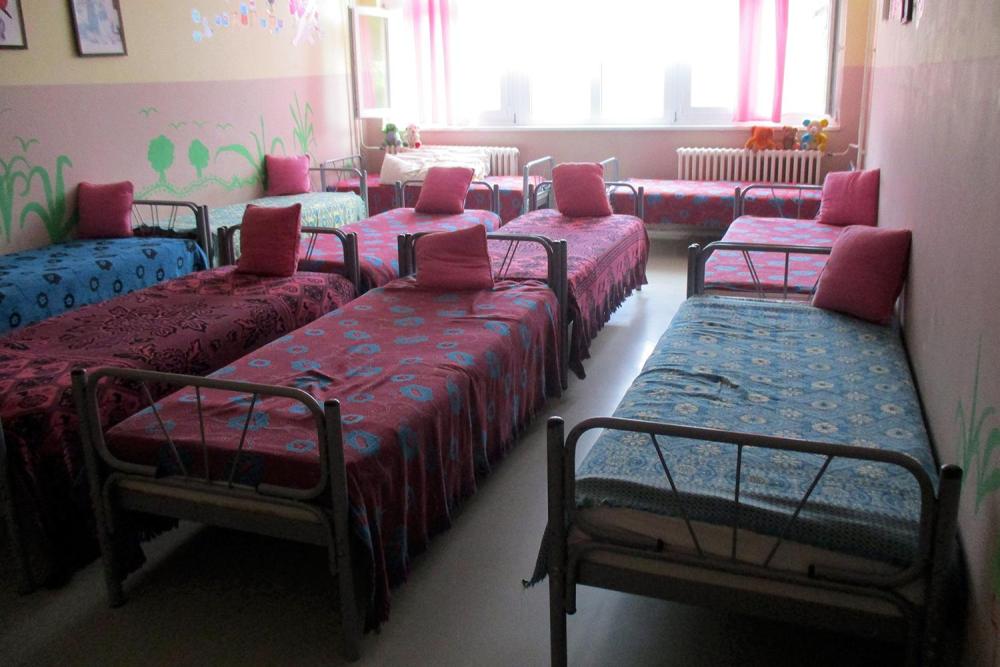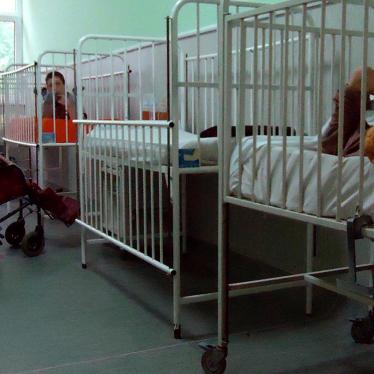(Belgrade) – Hundreds of Serbian children with disabilities face neglect and isolation in institutions that may lead to stunted intellectual, emotional, and physical development, Human Rights Watch said in a report released today. The Serbian government has made some progress in protecting the rights of children with disabilities, but more should be done to end the routine placement of children in state institutions, and to provide support so that children with disabilities can live with their families or in other family-like settings.
The 88-page report, “‘It is my dream to leave this place’: Children with Disabilities in Serbian Institutions,” documents the pressure families face to send children born with disabilities to large residential institutions, often far away from their homes, separating them from their families. There, children may experience neglect, inappropriate medication, and lack of privacy and have limited or no access to education.
“Families shouldn’t have to face a false ultimatum, feeling that the only choice for their child is life in an institution,” said Emina Ćerimović, disability rights researcher at Human Rights Watch. “Long term placement of children with disabilities in institutions is rarely, if ever, in the child’s best interest.”
Human Rights Watch also documented the government’s failure to invest in community-based services so that families have the support they need to raise their children with disabilities at home and so that children can participate in their communities. Serbia has instead sunk millions of euros into building new institutions for people with disabilities or refurbishing old facilities.
Human Rights Watch interviewed 118 children and young people with disabilities, family members, advocates, and staff of institutions, and visited five large residential institutions and three small group homes across Serbia.
According to government data, nearly 80 percent of children in institutions in Serbia in 2014 had disabilities, up from 62.5 percent in 2012. Most children with disabilities in Serbia who are placed in institutions as children remain in state care for their entire lives. The majority have at least one living parent.
Health professionals often advise parents to place a child with a disability in an institution, claiming it is the best option for their child. Lack of health care and support services such as day care or inclusive and quality schools in the community accessible to children with disabilities, poverty, stigma, and discrimination are key reasons why parents may feel that the only option is to place their child with a disability in an institution.
Ana, a single mother of a 12-year-old girl with intellectual and physical disabilities, said: “Not one single day care center wanted to accept her. They explained they found her too hyperactive. I’ve spent a year and half begging for an alternative...Three years ago, with no other option available, I placed her in an institution.”
Inside institutions, Human Rights Watch documented that children with disabilities are given medication, including psychotropic medications, often to deal with behavioral issues. There is minimal oversight or adequate instruction about the use of medication, and a lack of clarity on whose consent is required, Human Rights Watch said.
Human Rights Watch found that institutions lack sufficient personnel for the large numbers of children and adults with disabilities, especially those with higher support needs, leading to neglect. All children, especially children with disabilities, need individualized attention and care to develop and grow, said Human Rights Watch.
Children with certain disabilities, typically those who cannot walk and talk, are segregated in special wards, where they spend their days lying down, with minimal interaction with others. Many are rarely given the opportunity to go outside, access education, or play with other children.
Most adults with disabilities living in Serbian institutions are also deprived of legal capacity, or the right to make decisions about basic rights. They are placed under guardianship – often nominated by the state – who make all decisions for them. For example, Human Rights Watch documented cases in which young women with disabilities deprived of legal capacity were subjected to invasive medical interventions, including termination of pregnancy, on the consent of the guardian, but without their own free and informed consent.
The Serbian government has made a public commitment to move away from institutionalization of children, including children with disabilities. In 2011, the government adopted a prohibition on placing children under age three in institutions without “justified reasons,” and generally for no longer than two months. But the government still places children with disabilities, even babies, in institutions, Human Rights Watch found.
“Institutionalization of babies can harm their health and social and emotional behavior, with long-lasting effects on their future life chances,” said Ćerimović.
Serbia is party to a number of human rights treaties, including the Convention on the Rights of Persons with Disabilities, the Convention on the Rights of the Child, the Convention Against All Forms of Torture and the European Convention on Human Rights (ECHR). Under these treaties, Serbia is obliged to protect the rights of children with disabilities and ensure their full participation in society. This includes ensuring that no child is separated from his or her family because of a disability.
In April 2016, the UN Committee on the Rights of Persons with Disabilities expressed deep concerns “about the number of children with disabilities living in institutions” and about the “very poor living conditions in institutions” in Serbia. The Committee’s experts urged Serbia to “deinstitutionalise children….and prevent any new institutionalisation of infants under the age of three.”
Serbia is also a candidate for European Union (EU) membership. Under the Stabilization and Association Agreement, a key step toward EU accession, Serbia is expected to gradually bring its laws into conformity with those of the EU, including with respect to the treatment of people with disabilities. In the latest progress report on Serbia, the European Commission has taken a strong stance on Serbia’s problematic treatment of children with disabilities in institutions and has urged authorities to prevent placement in institutional care.
The Serbian government should immediately take steps to end neglect, isolation, segregation, and inappropriate psychiatric treatments and discrimination against children with disabilities in Serbian institutions and to provide community support services, Human Rights Watch said. Where it is not possible to return children to their birth families, for example in cases of abuse and neglect, children should have an opportunity to live in a family environment, with relatives, foster families or adoptive parents.
“With Serbia firmly on the path to full EU membership, the European Union should ensure Serbia puts an end to routinely placing children with disabilities behind institutional walls,” Ćerimović said. “A child should not be isolated from his or her family or community or denied the chance to be a child, because they have a disability.”
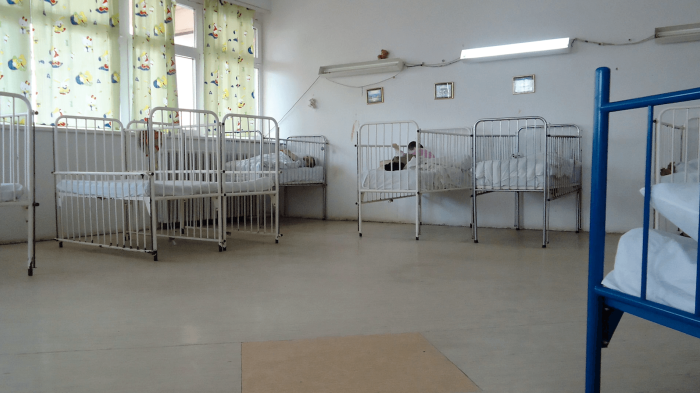

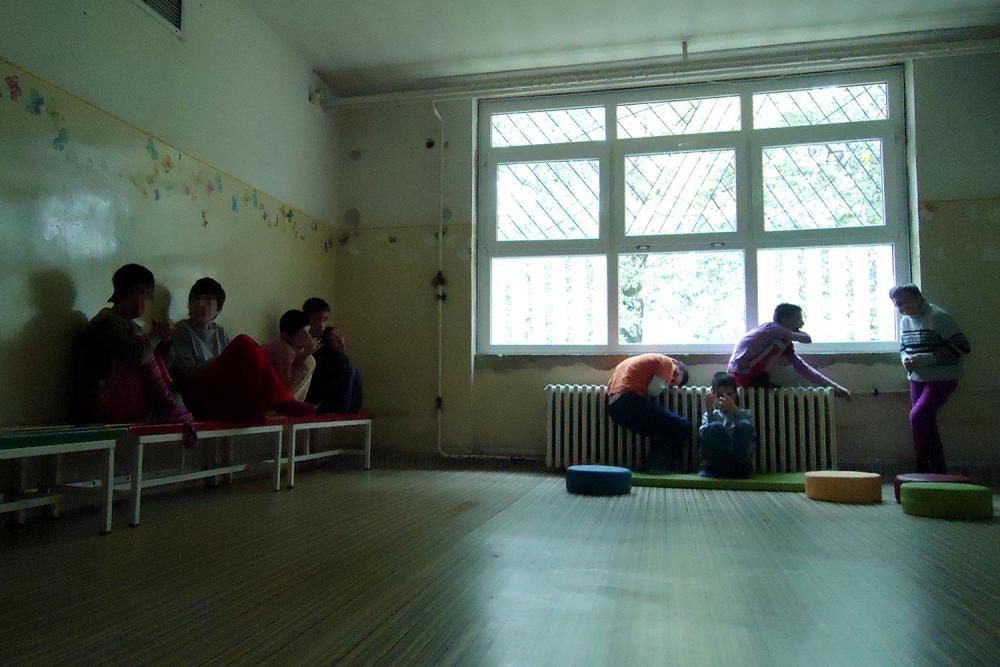
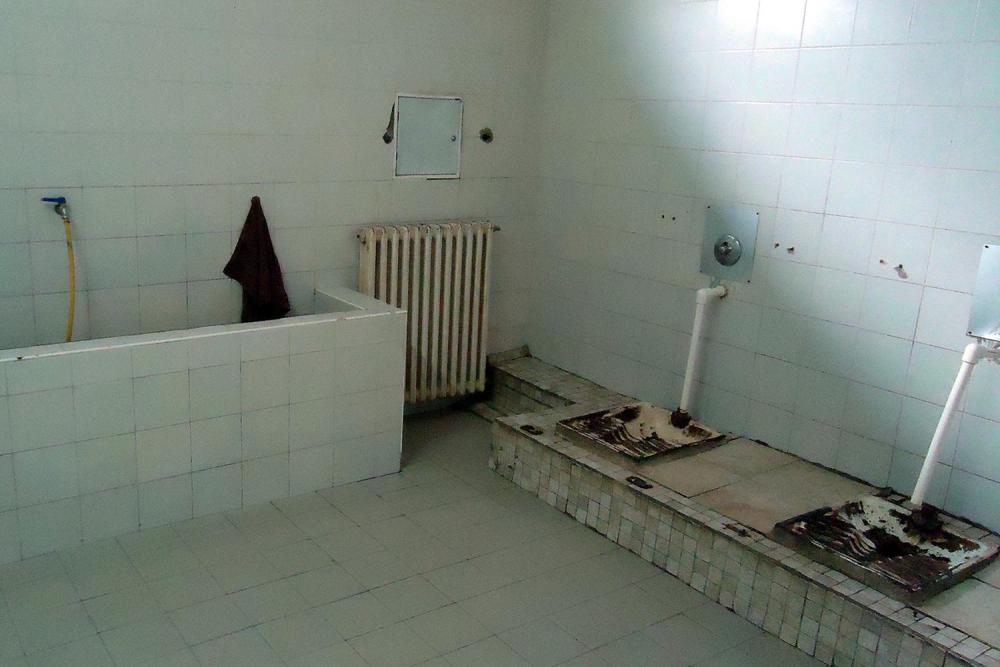
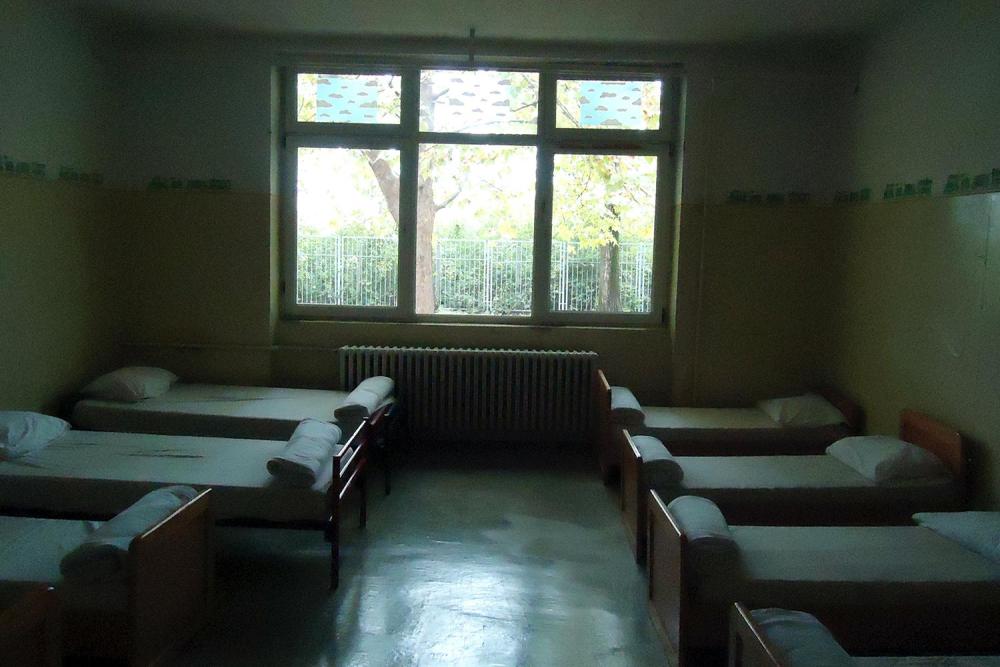
![Marina [pseudonym], a 4-year-old girl with developmental disabilities who spent ten months of her life in an institution, with her foster sister. © 2015 Jasenko Rasol for Human Rights Watch](/sites/default/files/styles/image_gallery/public/multimedia_images_2016/2016drd_serbia_disabilities_final.00_02_44_10.still001_0.png?itok=A5nR4tyS)

